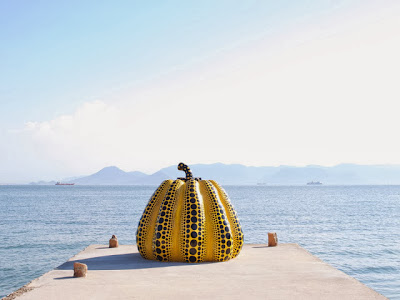At first, I did not have knowledge about sustainable design so much. And I had an impression that recycled products, and sustainable products are not always good design. But I could learn there are a range of effective sustainable design which have good quality and design through taking this sustainable design lecture. I researched about sustainable design related to fashion and textile design especially in Japan, as I would like to know the current state of sustainable design in my country.
In detail, in Japan there is a new type of stylish and unique recycle shop where customers and sellers can share their feeling and story each other through items presented not only through their images, but also by a brief profile of the seller and a short anecdote about the item. I supposed that re-providing value to second-hand items is an essential process to keep recycling continuously.
And other example of effective sustainable design in Japan is origami design. Origami is the one of the Japanese traditional cultures. Nowadays a large number of valuable traditional cultures and methods are being lost. However origami method has been relighted as a useful method of sustainable design by designers, because what we need is only folding materials without creating any waste. In fact, a lot of designers create sustainable products using origami method such as Hydro- Fold inkjet printer by PLEAT FARM, IN-EI by ISSEY MIYAKE, and a blanket made of wood by Elisa Strozyk. In this regards, I learnt that re-think about traditional cultures and methods would leads to development of useful methods of sustainable design and simultaneously valuable endangered culture can be protected.
Throughout my research, I could also think about how I can apply my creations to sustainable ways. To be honest, when I created my works, I was more concerned with producing creations which look good rather than those were environmentally friendly. However after researching sustainable design, I thought that I had to seriously consider about how I can relate to sustainable design as a designer in near future.
One possible way that I can relate to sustainable design is thinking about dye methods. I believed that using natural dyes to colour fabric and yarn was more ecological and safer for humans than using synthetic dyes. But actually, according to my research, using natural dyes is not always more ecological and safer for humans than synthetic dyes, because of toxic additive to make the fiber absorb the dye fully, a significant amount of water and heat usage. So, I realized that I need to judge which is better natural dyes or synthetic dyes, depending on the fabric, yarn, weather, humidity or other factors. I believe that can connect to sustainability.
And I researched about knitting brands related to sustainability, because I am a knitter and I would like to be a knit designer. I am really interested in GUDRUN & GUDRUN, a knitwear brand based at the Faroe Islands called sheep Island. They chose Faroe Island as a main place of their brand in order to obtain good quality materials like organic wool in low cost and to produce their products using hand knitting. In general, if products have good design or high quality like using organic materials and hand knitting, their selling price must be also high. Although quality and design of GUDRUN & GUDRUN’s products are good, the selling price is affordable for customers. Therefore, I supposed it could be said that GUDRUN & GUDRUN creats an ideal sustainable design cycle for designers and customers through their products.
All in all, taking sustainable design lectures were a good opportunity to think about sustainable design as a not only customer, also a designer. Now, I am a student, so applying sustainability effectively in the process of making creations is sometimes difficult, but I would like to make effort to relate sustainability little by little such as thinking about used dyes and materials carefully to be a designer whose creations bring efficient sustainable design cycle in industry in the future.



































